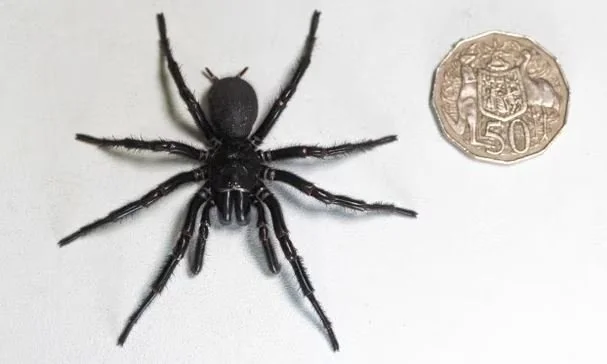Apes Remember Long-Lost Friends Not Seen for Years
Researchers at the University of California, Berkeley, have found that great apes and chimpanzees can recognize mates they hadn't seen for years — in some cases for more than two decades — evidence of the longest-lasting nonhuman memory ever recorded.
The researchers used infrared eye-tracking cameras to monitor bonobos and chimps as they were shown side-by-side pictures of other apes. One image was of a stranger, while the other was of a friend or relative that the subject had once lived with for a year or more.
Sure enough, if an ape had had a relationship with the subject on the screen, its eyes would linger significantly longer than when looking at a complete stranger. In one case, a bonobo named Louise clearly recognized her sister (Loretta) and nephew (Erin), relatives she had not seen for over 26 years.
“These animals have a rich recognition of each other,” says Laura Simone Lewis, psychology department fellow and lead author of the study, published in the Proceedings of the National Academy of Sciences.
The researchers also observed that subjects would gaze longer at individuals with whom they had had positive relationships than with those who had been more antagonistic. That is, they seemed to recognize friends more than enemies.
Until this study, the memory capacity of nonhuman animals – dolphins, elephants and ravens – were at best measured in years rather than decades. The findings support the theory that long-term memory in humans, chimps, and bonobos likely springs from our shared common ancestor that lived between 6 million and 9 million years ago.
“This study is reminding us how similar we are to other species walking on the planet,” Lewis said. “And therefore, how important it is to protect them.”
A short video recaps the study here.
Photo credit: Laura Simone Lewis







